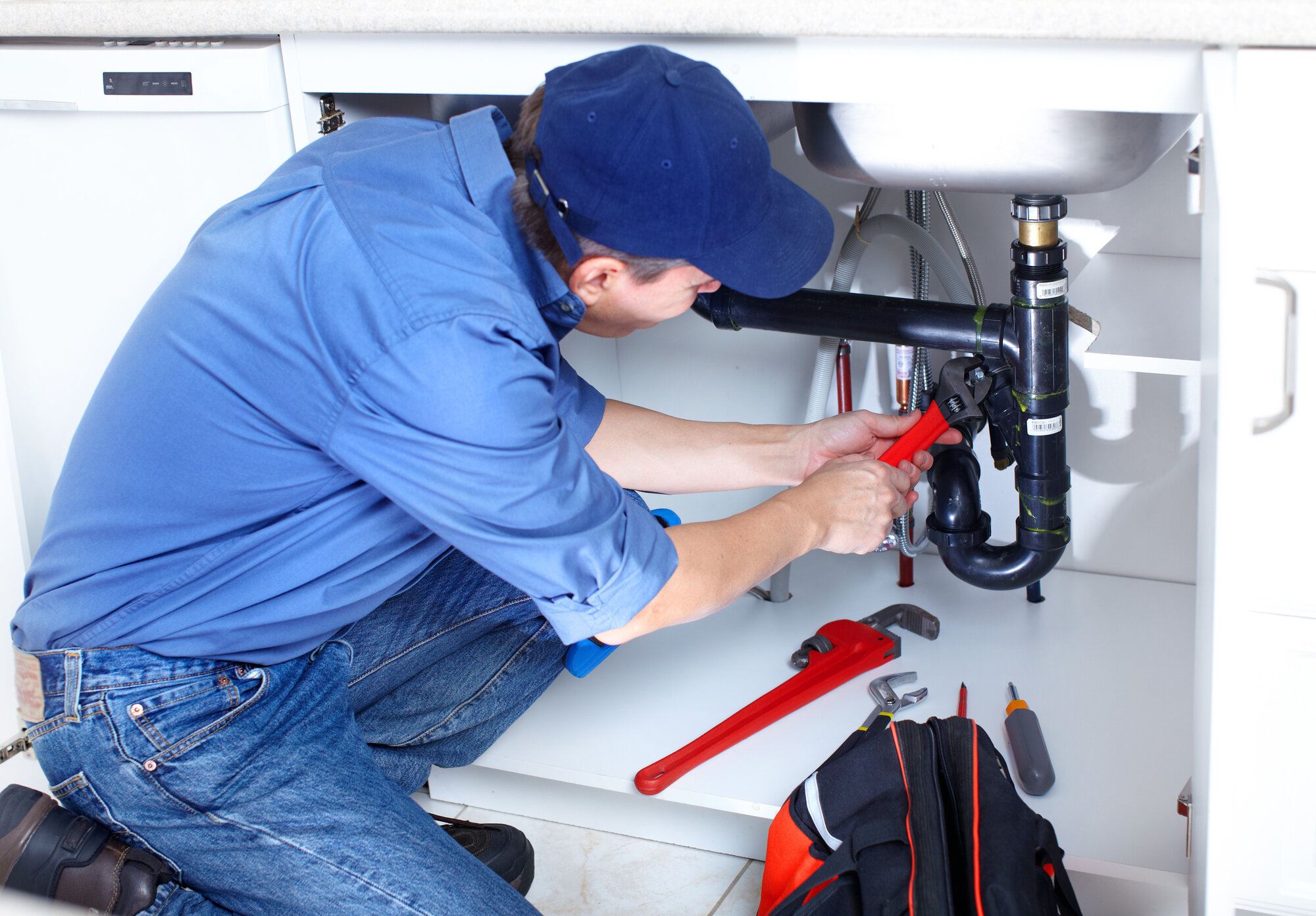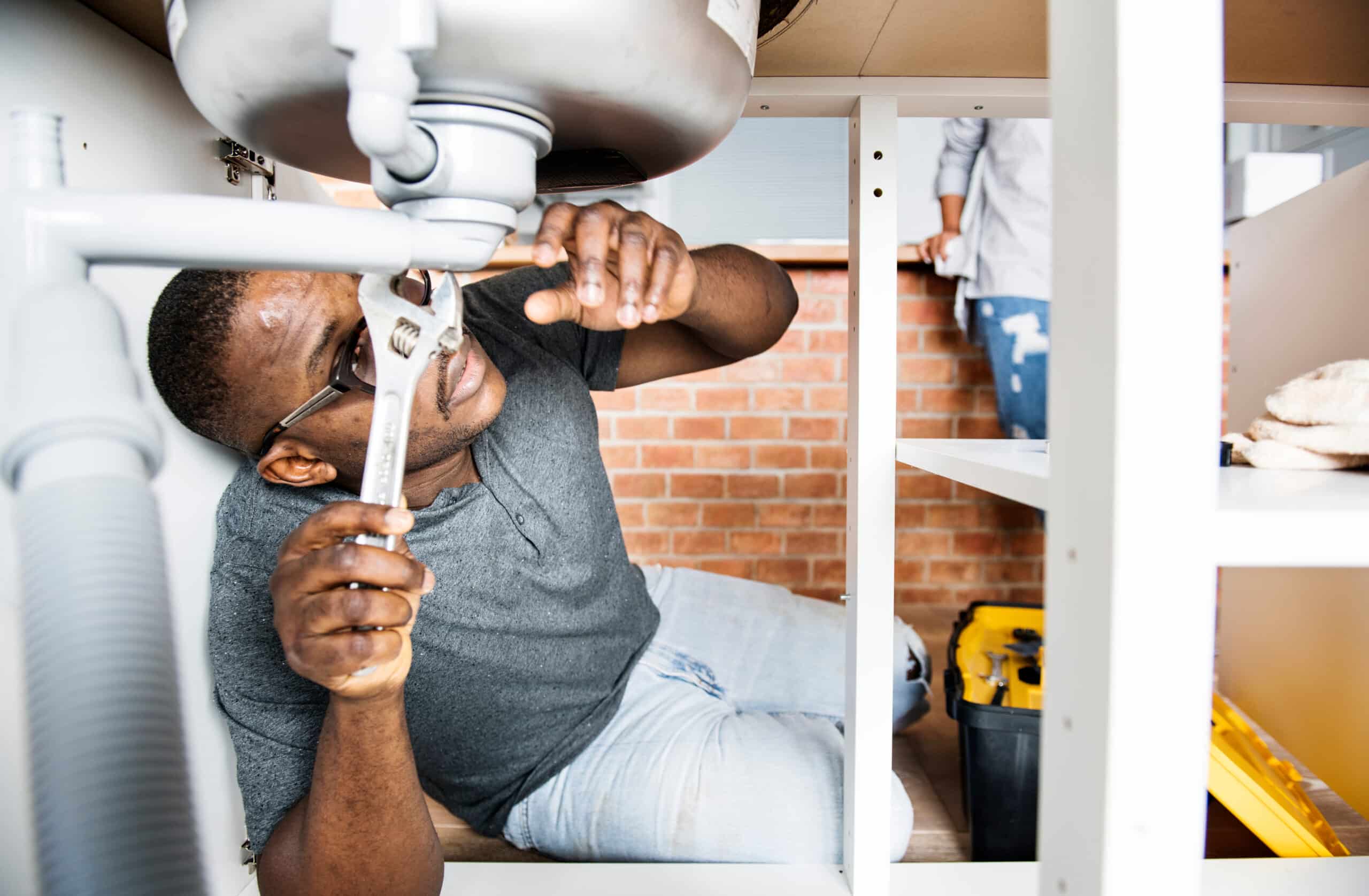Professional Drain Cleaning Alabaster AL to Keep Your Water Lines Flowing
Professional Drain Cleaning Alabaster AL to Keep Your Water Lines Flowing
Blog Article
A Step-by-Step Overview to Effective Water Heating System Installment for Optimum Performance
Embarking on the job of installing a water heating system is an endeavor that requires accuracy and a systematic approach for accomplishing ideal efficiency. As you proceed, the details of attaching water supply lines and establishing up dependable electric or gas links wait for, promising insights right into ensuring effectiveness and dependability.
Selecting the Right Hot Water Heater

Following, think about the size and ability of the hot water heater. It's vital to evaluate your home's warm water requirements, which can differ based upon the variety of owners and their usage patterns. A system that's also little may lead to inadequate warm water, while a large version might cause unneeded power intake.
Performance rankings additionally play a crucial duty in option. Search for water heating units with high Energy Element (EF) rankings, showing remarkable efficiency and minimized energy use. Tankless models, though normally more costly in advance, deal significant energy savings over time as a result of their on-demand home heating abilities.
Preparing the Setup Area
Prior to installing a new water heating system, careful preparation of the setup location is vital. It's crucial to gauge the room very carefully to accommodate the water heater's measurements, making sure adequate clearance around the system for efficient operation and maintenance.
Inspect the flooring for security, as the water heating system will certainly need a solid, level surface to operate successfully. If essential, install a drip pan underneath the device to capture possible leaks or spills, protecting against water damages to the surrounding location.
Additionally, ensure that all required tools and materials are on hand before starting the installation. This includes items such as wrenches, screwdrivers, a level, and any type of added hardware required for mounting and securing the heating unit. A well-prepared installation location establishes the structure for a successful water heating unit configuration, maximizing performance and safety and security.
Connecting Supply Of Water Lines
When connecting water supply lines to your recently mounted water heating system, it is critical to ensure that all connections are protected and leak-free to maintain reliable operation and stop water damage. Begin by identifying the chilly and warm water system lines. The cool water inlet is commonly noted with a blue label or a "C", while the hot water outlet is noted with a red tag or an "H".
Use versatile water heater ports to facilitate a less complicated installation procedure. Before affixing the ports, place a plumber's tape around the threaded ends of the water heating unit's inlet and electrical outlet pipes.
As soon as connections are in area, slowly switch on the major water shutoff. Evaluate each connection for leaks by visually examining and feeling for moisture. Tighten connections as essential, and guarantee the stress relief valve is properly installed, securing versus excessive pressure build-up.
Establishing Up Electric or Gas Links
Appropriately establishing up the electric or gas connections for your water heating unit is an important action to make certain safe and efficient operation. For electric water heaters, begin by confirming that the electric circuit is compatible with the heater's voltage and amperage requirements.
For gas water heaters, safety is critical. Confirm that the gas supply is off before continuing. Look At This Link the gas line to the hot water heater using a flexible gas connector, guaranteeing it is properly threaded and sealed with pipeline joint substance or Teflon tape ideal for gas links. Tighten up the links with a wrench, making sure not to over-tighten (Drain Cleaning Alabaster AL).
When connections are made, evaluate for any type of prospective leaks. For gas lines, apply a soapy water option to the joints; bubbles show a leakage. For electrical links, confirm that all circuitry is protected and appropriately protected, keeping conformity with neighborhood electric codes.
Evaluating and Readjusting for Efficiency
With the electrical and gas links securely in place, the next step is examining the operational efficiency of your water heater. Begin by meticulously turning on the water supply and making sure there are no leakages at any of the joints or shutoffs.
Next, do a comprehensive examination to guarantee the home heating components or gas burners are functioning properly. For electrical heaters, use a multimeter to validate if the aspects are attracting the ideal existing. In gas models, observe the burner flame; it must be stable and blue, indicating reliable burning.
Adjust the setups as required to eliminate inefficiencies. Consider executing insulation measures, such as adding a water heater covering, to further improve performance by decreasing heat loss. Additionally, inspect the anode rod's condition, as a deteriorated rod can decrease performance and cause storage tank deterioration.
Conclusion
Efficient hot water heater setup is important for making certain optimum efficiency and energy savings. By selecting the appropriate kind and size, and carefully preparing the setup area, a structure for success is established. Safely connecting water supply lines and article source carefully establishing electric or gas connections lessen prospective issues. Extensive testing for leakages and exact thermostat modifications to 120 ° F enhance integrity and performance. Complying with these steps advertises long-term capability and power conservation in household water home heating systems.

Appropriately establishing up the electric or gas connections for your water heater is a crucial action to make certain effective and secure procedure. For electric water heaters, begin by confirming that try this website the electrical circuit is suitable with the heater's voltage and amperage needs. Link the gas line to the water heater making use of an adaptable gas port, ensuring it is appropriately threaded and sealed with pipe joint substance or Teflon tape appropriate for gas connections.
Report this page